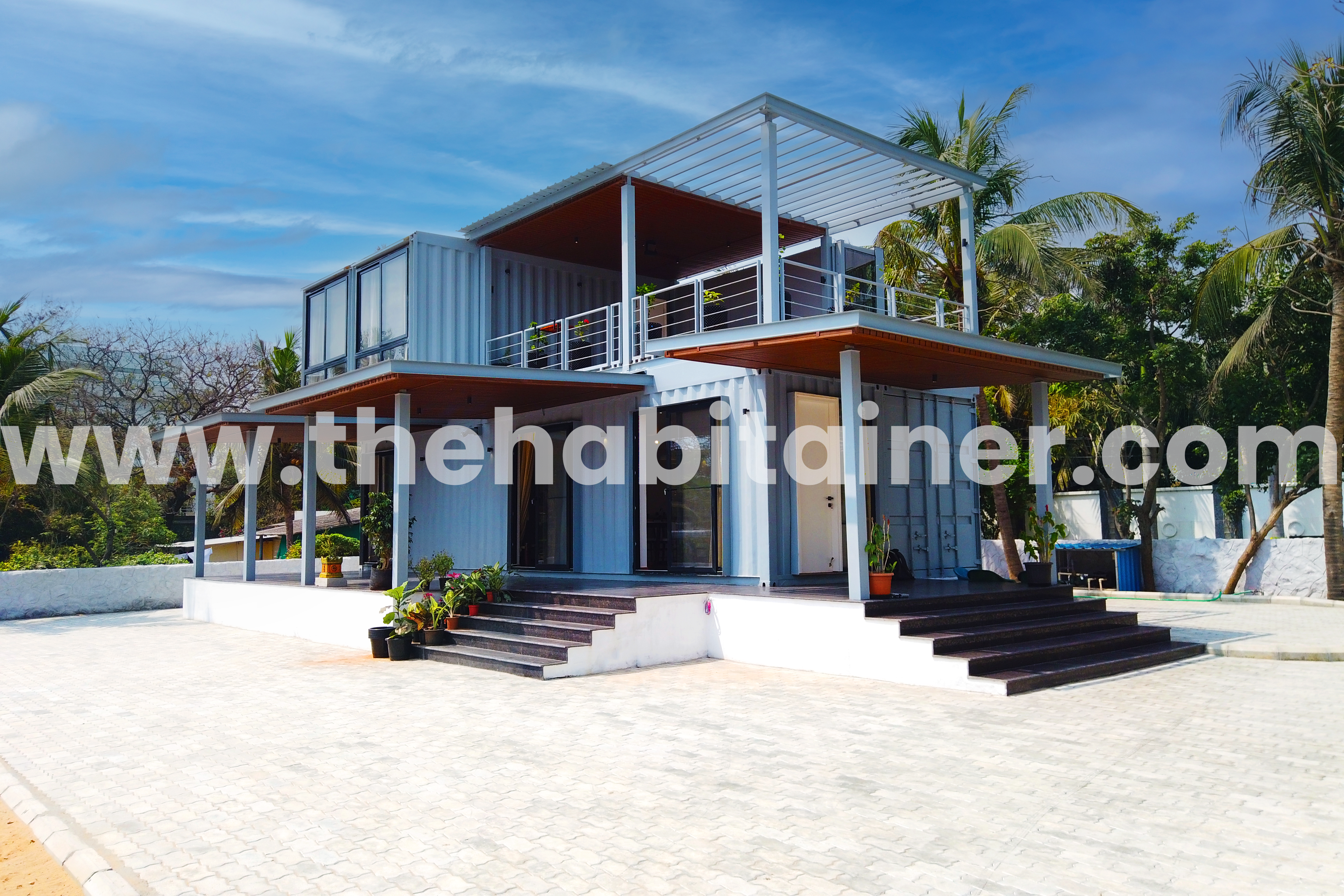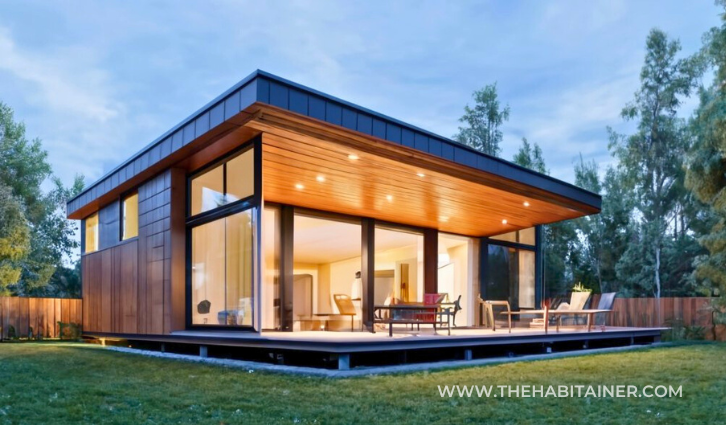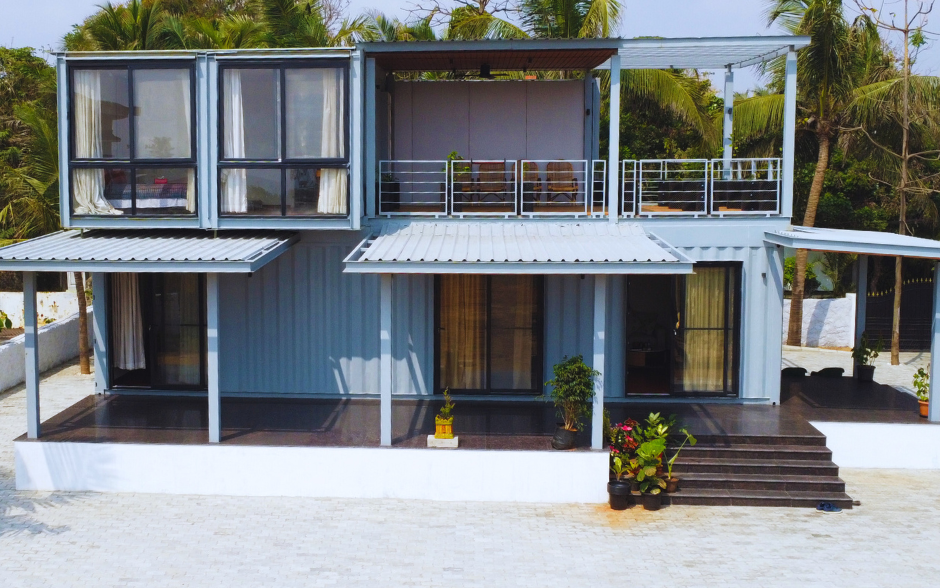
Step into the future of sustainable living with the innovative concept of container homes. Combining luxury and eco-friendliness, these architectural marvels are revolutionizing modern living. With an emphasis on repurposing, container homes redefine the conventional idea of upscale living, offering a unique blend of opulence and environmental consciousness.
In a world where sustainability is paramount, container house have emerged as a beacon of eco-friendly living. Promising breathtaking design and functionality, these dwellings are not just homes but an embodiment of a sustainable lifestyle. From their modular construction to their energy-efficient attributes, container homes are a testament to the possibilities of luxurious living while minimizing environmental impact.
Experience the epitome of modernity fused with environmental mindfulness as we delve into the captivating realm of container homes. Discover how these architectural wonders are reshaping the real estate landscape, offering a glimpse into a greener, more luxurious future.
Advantages of container homes
Container homes offer a myriad of advantages that make them an appealing choice for modern living. Firstly, their eco-friendly nature stands out as a key advantage. By repurposing shipping containers, these homes contribute to sustainable living by reducing the demand for traditional building materials. Additionally, the construction process of container homes is often faster and more cost-effective compared to conventional homes, making them an attractive option for those seeking a luxurious yet practical living space.
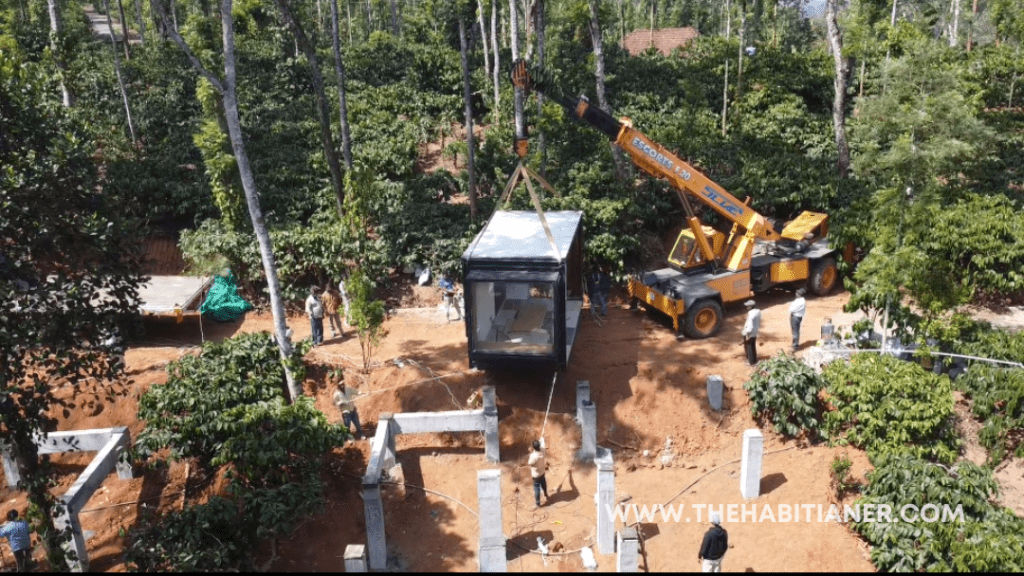
The versatility of container homes is another significant advantage. These structures can be easily customized and expanded, providing flexibility for homeowners to adapt their living spaces to their evolving needs. Moreover, the durability of shipping containers ensures that these homes are resilient and can withstand various environmental conditions, offering a sense of security and longevity to homeowners. The adaptability and resilience of container house make them a compelling choice for individuals seeking a unique and sustainable living experience.
Furthermore, container homes are inherently energy-efficient, thanks to their compact size and the possibility of integrating sustainable technologies such as solar panels and rainwater harvesting systems. This eco-conscious approach not only reduces the environmental footprint of the home but also translates into long-term cost savings for the homeowners. The energy-efficient attributes of container homes align with the growing demand for sustainable living solutions in today’s environmentally conscious society.
Sustainable living with container homes
Container homes are at the forefront of sustainable living, offering an innovative solution to reduce the ecological impact of traditional housing. By repurposing shipping containers, these homes contribute to the reduction of waste and the conservation of natural resources. The adaptability of container homes also supports sustainable living by allowing homeowners to incorporate eco-friendly features such as green roofs, passive solar design, and efficient insulation, further minimizing their environmental footprint.
Moreover, the concept of off-grid living has gained traction in recent years, and container homes are well-suited for this sustainable lifestyle. With the ability to integrate renewable energy sources and water conservation systems, container homes empower individuals to live self-sufficiently while minimizing their reliance on traditional utilities. This self-sustaining approach aligns with the principles of sustainable living, promoting a harmonious coexistence with the environment.
Additionally, the compact nature of container homes encourages a minimalist lifestyle, prompting homeowners to prioritize essential living spaces and consciously reduce their consumption. This shift towards minimalism not only fosters a sustainable mindset but also promotes a sense of mindfulness and appreciation for the resources available, contributing to a more balanced and environmentally conscious way of life. Container homes serve as a tangible embodiment of sustainable living, inspiring individuals to embrace a lifestyle that harmonizes luxury with environmental responsibility.
Design and architecture of container homes
The design and architecture of container homes encompass a diverse range of styles and possibilities, showcasing the creativity and innovation within the realm of sustainable living. From sleek, modern designs to rustic and industrial aesthetics, container homes offer a versatile canvas for architectural expression. The modular nature of shipping containers allows for creative configurations, enabling architects and homeowners to craft unique living spaces that reflect their individuality.

The integration of natural light and ventilation is a key consideration in the design of container homes, emphasizing a connection with the surrounding environment while optimizing energy efficiency. Innovative design solutions, such as rooftop gardens and terraces, transform the exterior spaces of container homes into vibrant green areas, blurring the boundaries between indoor and outdoor living. This seamless integration of nature into the architectural design enhances the overall living experience and fosters a sense of harmony with the environment.
Furthermore, the interior design of container homes embraces a blend of functionality and aesthetics, utilizing the compact layout to create inviting and efficient living spaces. Design elements such as multipurpose furniture, space-saving storage solutions, and creative room divisions maximize the utility of the limited space, ensuring that every square foot contributes to a comfortable and luxurious living environment. The design and architecture of container homes exemplify a harmonious fusion of sustainable principles and sophisticated living, setting a new standard for eco-friendly luxury.
Cost considerations and financial benefits
Container homes offer compelling financial benefits that make them an attractive investment for individuals seeking a balance between luxury and practicality. The cost-effectiveness of building a container home is evident in the reduced construction time and lower material expenses compared to traditional housing. This financial advantage allows homeowners to allocate their resources towards enhancing the quality and sustainability of their living space, whether through premium finishes, energy-efficient systems, or eco-friendly amenities.
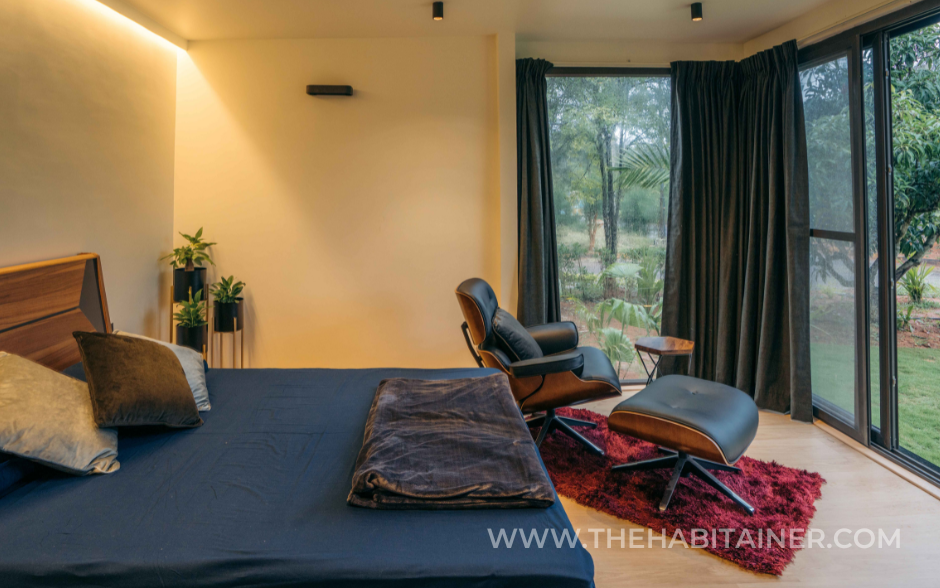
Moreover, the energy-efficient nature of container homes translates into long-term cost savings for homeowners. By incorporating sustainable technologies and passive design strategies, container homes minimize ongoing utility expenses, offering a financially sustainable living solution in the long run. The ability to integrate off-grid capabilities further reduces reliance on external utilities, providing homeowners with greater control over their energy and water consumption, and ultimately, their living expenses.
Additionally, the versatility of container homes enables homeowners to expand their living space gradually, aligning with their budget and evolving needs. This incremental approach to customization allows individuals to invest in their homes over time, spreading out the financial commitment while maintaining the flexibility to adapt the living space according to their preferences. The cost considerations and financial benefits associated with container homes position them as a prudent and attractive choice for those seeking a luxurious yet financially sensible living solution.
Building and customizing your container home
Building and customizing a container home offers a unique and engaging process that empowers homeowners to shape their living environment according to their vision and lifestyle. The initial stage of selecting and procuring shipping containers involves careful consideration of size, condition, and structural integrity, ensuring that the foundation of the home meets the desired standards for quality and sustainability. This stage presents an opportunity for homeowners to engage with the repurposing aspect of container homes, embracing the ethos of sustainable living from the outset.
The customization phase allows for creative freedom in designing the layout, interior finishes, and sustainable features of the home. Collaborating with architects and designers, homeowners can explore innovative solutions to maximize space, enhance comfort, and integrate eco-friendly technologies seamlessly. From energy-efficient appliances to water-saving fixtures, the customization process enables homeowners to curate a living space that reflects their values and priorities, while also aligning with the principles of sustainable living.

Furthermore, the construction of a container home fosters a sense of involvement and pride, as homeowners witness the transformation of shipping containers into a luxurious and eco-friendly living space. The hands-on approach to building and customizing a container home instills a deep connection to the home and the sustainable principles it embodies, creating a profound sense of ownership and fulfillment. Building and customizing a container home is not just a construction project; it is a journey of self-expression, sustainability, and the realization of a unique living vision.
Eco-friendly features of container homes
The eco-friendly features of container homes encompass a diverse range of sustainable technologies and design strategies that contribute to their environmental consciousness. One of the key features is the integration of renewable energy sources, such as solar panels and wind turbines, which enable container homes to generate clean, sustainable power for their energy needs. This shift towards renewable energy reduces reliance on conventional grid electricity, minimizing the environmental impact associated with energy consumption.
Additionally, container homes often incorporate passive design principles to optimize natural heating, cooling, and ventilation, reducing the reliance on mechanical systems for climate control. Strategies such as proper insulation, orientation for solar gain, and strategic placement of windows and openings enhance the energy efficiency of container homes, promoting a comfortable living environment while minimizing the demand for artificial heating and cooling. These passive design features align with the principles of sustainable architecture, promoting resource efficiency and environmental stewardship.
Water conservation is another integral aspect of the eco-friendly features of container homes. Through the implementation of rainwater harvesting systems, greywater recycling, and efficient plumbing fixtures, container homes minimize water wastage and promote responsible water usage. This conscientious approach to water management aligns with sustainable living practices, contributing to the preservation of this vital resource and reducing the ecological impact of residential water consumption. The eco-friendly features of container homes form a holistic framework that embodies sustainability at every level of residential living.
Challenges and misconceptions about container homes
While container homes offer a wealth of benefits and sustainable living solutions, they are not without their challenges and misconceptions. One of the common misconceptions is the limited design flexibility of container homes, often associated with the rigid structure of shipping containers. However, with the expertise of architects and designers, container homes can be transformed into diverse and innovative living spaces, dispelling the notion of design constraints and showcasing the adaptability of container architecture.
Another challenge is the perception of container homes as being unsuitable for certain climates or environmental conditions. Addressing this concern requires thoughtful design and construction considerations, such as proper insulation, climate-appropriate finishes, and strategic placement of the home to optimize natural light and ventilation. By integrating these considerations, container homes can offer comfort and functionality across a wide range of geographical settings, debunking the misconception of limited suitability.
Furthermore, the regulatory and zoning aspects of container homes present challenges that require careful navigation. While the acceptance and integration of container homes into local building codes and regulations are gradually increasing, homeowners may encounter obstacles related to zoning restrictions and permitting processes. Overcoming these challenges involves engaging with local authorities, building professionals, and advocates of sustainable housing to promote the acceptance and understanding of container homes as a viable and beneficial housing option.
Examples of stunning container home designs
Container homes have inspired awe-inspiring designs that showcase the fusion of luxury, sustainability, and architectural innovation. The “Bohemian” in Bangalore, exemplifies a contemporary and elegant approach to container architecture, featuring a striking combination of steel, and repurposed shipping containers. This stunning residence harmonizes with its natural surroundings while offering a luxurious and sustainable living experience, setting a precedent for modern container home design.
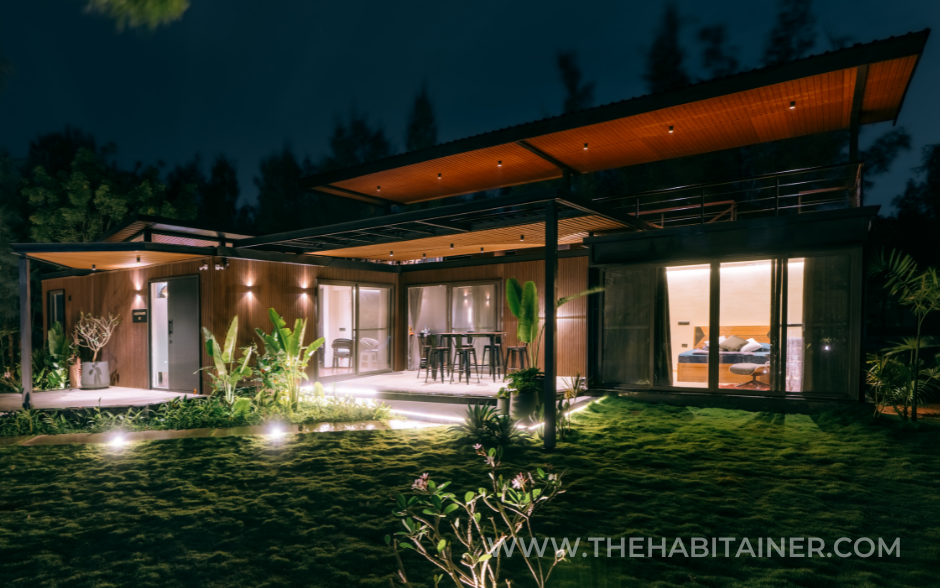
In Sakleshpur, karnataka, the “Dew drops” stands as an architectural marvel, blending the rugged beauty of the farm landscape with the duplex of container construction. This exceptional home embodies a seamless integration of indoor and outdoor living, creating a captivating sanctuary that celebrates sustainable design and luxury living. The innovative use of shipping containers in this design exemplifies the creative potential and aesthetic appeal of container homes, captivating the imagination of sustainable living enthusiasts.

Furthermore, the following white farm house showcases the potential for innovative spatial configurations and sustainable living in farm environments, demonstrating the adaptability and aesthetic allure of container homes on a global scale. These examples of stunning container home designs encapsulate the boundless potential and captivating allure of sustainable luxury living.

You can check Our Gallery for more such stunning container home projects.
Conclusion: Embracing the future of sustainable living
The allure of container homes lies in their ability to harmonize luxury with sustainability, offering a compelling vision of modern living that transcends conventional norms. From their eco-friendly attributes to their innovative design potential, container house represent a paradigm shift in the realm of residential architecture, advocating for a more conscientious and harmonious relationship with the environment. As we embrace the future of sustainable living, container homes stand as a symbol of possibility, creativity, and the limitless potential for luxury within the framework of environmental stewardship.
In the journey towards a greener, more luxurious future, container homes serve as beacons of inspiration, inviting individuals to reimagine their living spaces as expressions of sustainability, elegance, and innovation. By embracing the ethos of container homes, we embark on a transformative path towards a lifestyle that embodies opulence without compromising the well-being of the planet. The eco-friendly luxury of container homes represents a testament to the power of sustainable living, inviting us to embark on a journey of elegance, environmental consciousness, and the limitless possibilities of modern living.
Check out The Habitainer luxuty container homes here.
Related Blogs:
-
Explore 2 BHK Beach Facing Container House In Chennai
In the realm of modern architecture, container homes have emerged as a symbol of innovation and sustainability. These homes, crafted from repurposed shipping containers, offer a unique blend of functionality, style, and eco-friendliness. Today, we delve into the fascinating narrative of a G+1 container beach house nestled along the shores of Chennai, shedding light on…
-
Revolutionizing Modern Living: The Eco-Friendly Luxury of Container Homes
Step into the future of sustainable living with the innovative concept of container homes. Combining luxury and eco-friendliness, these architectural marvels are revolutionizing modern living.
-
Prefab Home Construction in Bangalore: A Modern Housing Solution
Prefab Home Construction in Bangalore: A Modern Housing Solution

